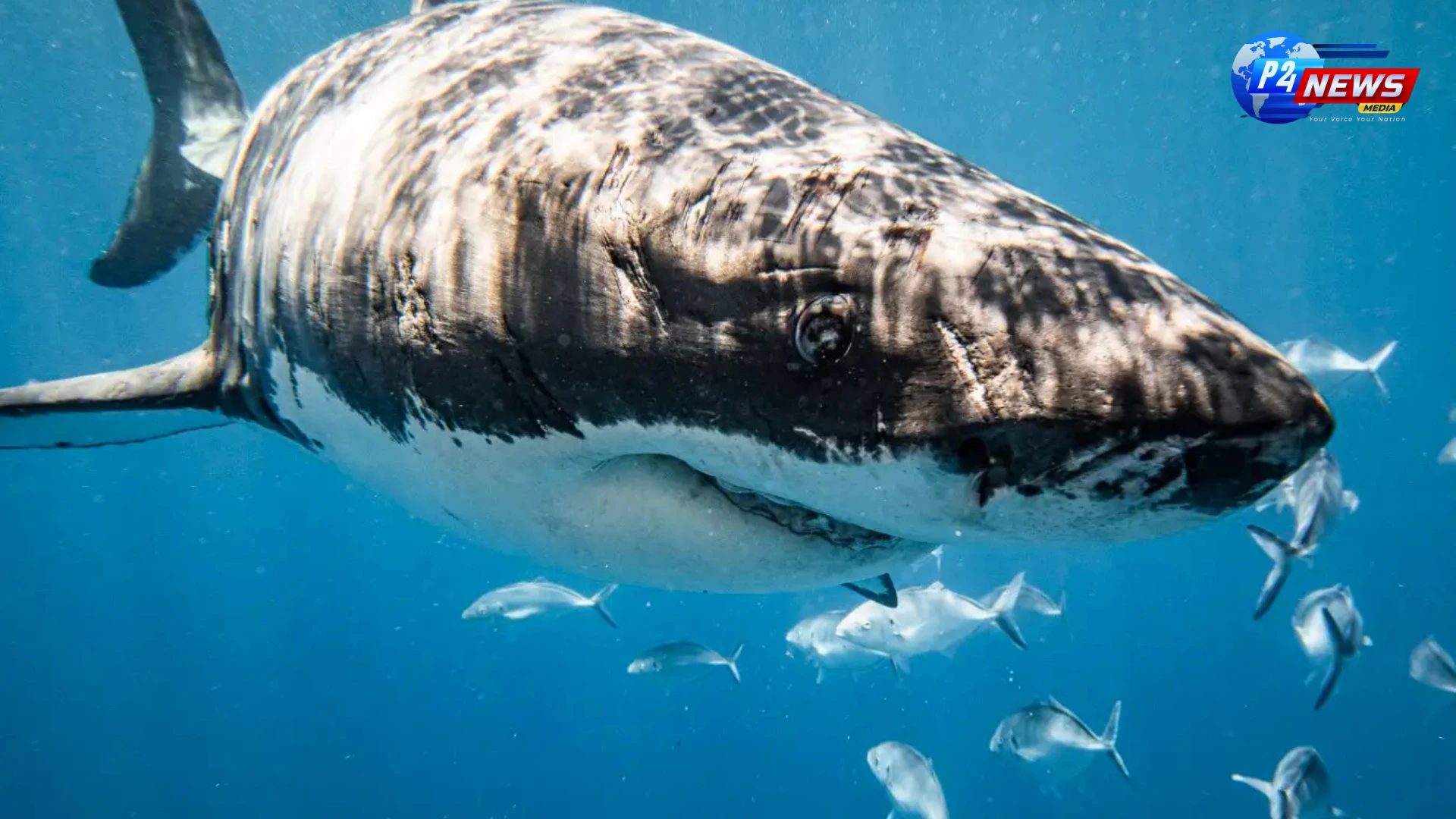Australian scientists explore the impact of LED lights on shark behavior to enhance swimmer safety. Discover how illumination can help reduce shark attack risks.
Australian scientists explore the impact of LED lights on shark behavior to enhance swimmer safety. Discover how illumination can help reduce shark attack risks.
Recent studies conducted by Australian scientists from various universities have revealed an innovative method to enhance swimmer safety from shark attacks. The research centers around the use of LED lights, which may significantly decrease the chances of being targeted by great white sharks, the ocean's apex predators.
The basis of this research stems from the natural defense mechanism that some marine animals possess; these creatures are capable of emitting a phosphorescent light from their undersides. This phenomenon was replicated in a study where LED lights were attached to decoys of seals, a primary target for great white sharks.
Great white sharks typically hunt by positioning themselves beneath their prey. They search for the shadowy outlines of potential meals swimming above. This common hunting strategy creates a vulnerability for swimmers who might be perceived as potential prey due to the dark silhouettes they present against the water's surface.
In the study, the researchers towed seal decoys outfitted with LED lights behind a boat to observe the sharks' responses. The results indicated a clear trend: decoys without illumination were significantly more likely to be targeted by great white sharks. Conversely, the presence of brighter lights correlates with a reduced likelihood of attacks. The scientists noted, "Counterillumination that is brighter than the background is most effective in deterring sharks." This finding highlights the potential of utilizing lighting as a form of disruptive camouflage instead of merely blending into the surrounding environment.
With these groundbreaking results, the implications for swimmers are noteworthy. By utilizing LED lighting during oceanic activities, individuals could potentially lower their risk of shark encounters. This innovative approach not only adds an element of safety for swimmers but could also pave the way for further studies and applications using counterillumination as a technique to protect against wildlife threats in various contexts.
The creative application of technology to enhance swimmer safety from sharks underscores a significant advancement in marine research. As scientists continue to explore the depths of ocean behavior and predator dynamics, it is hoped that strategies like these will form the backbone of public safety initiatives in marine environments. Future research will likely take these findings into account, leading to even safer practices for those enjoying Australia's stunning waters.
Like
Dislike
Love
Angry
Sad
Funny
Pray
9th Ayurveda Day in Melbourne: A Celebration of Ayurvedic Innovations and Global Health Impact
November 10, 2024Australia’s Terror Alert Jumps to ‘Probable’: What You Need to Know About the Increased Risk
August 05, 2024🍪 We Value Your Privacy and Experience Hi there! We use cookies to enhance your browsing experience, provide personalized content, and analyze site traffic. By continuing to use our site, you consent to our use of cookies.







Comments 0